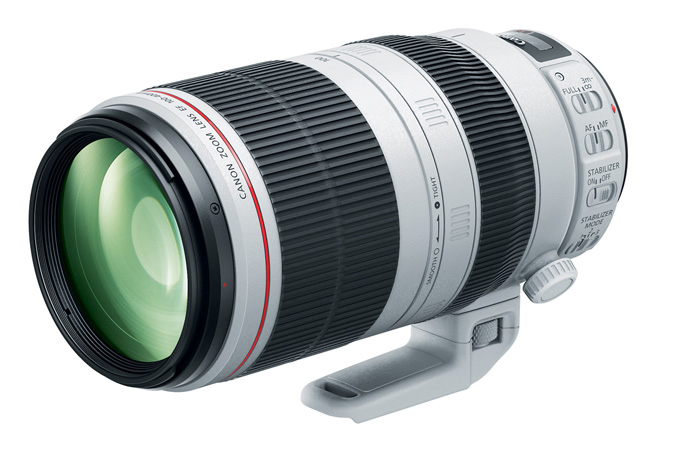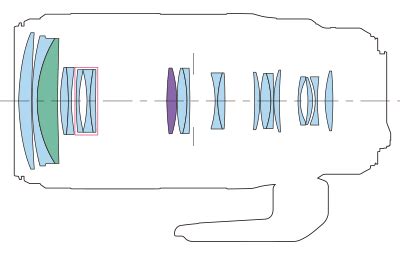The Lens details of a series of images taken by Steve Cushing.
Fitting is a Canon EF mount with a 44mm
Flange Distance - this lens will fit and achieve focus to infinity mirrorless cameras and on most DSLRs.
History
After the war, with many plants bombed and the Russians taking over East Germany, production cost for making lenses were a lot cheaper in Japan. Even before the war German optics companies started to partner with Japanese companies to manufacture optic lenses used in industry and in cameras. Japan as one if not the only industrialised Asian nation in the world at that time, had the capability and the cheap labor to entice German manufacturers to move some of their production there. Similar to what is happening right now with China.
Together with this due to new post-war Japanese law and export control, Japanese optics companies were effectively out of the business from military purpose optics for long time. So, company that was making gun sight for fighter plane or war ships optics for battleship had to start competing on civilian market to survive.
European manufacture did not suffer this problem as much as Japanese did, and they still had lucrative military optics market as soon as cold war kicked in. Even decade after Japanese started to return to scientific or partial return to military optics market, they still had to make majority of money in consumer, industrial, or medical optics market.
The Japanese soon became so adept at making lenses originally for the Germans and now for their own domestic use, that companies like Nikon, Olympus, Minolta started. Canon was an off-shoot of Nikon. And so, the Japanese came to dominate the camera as well as the lens market. The Germans still have Leica of course which is considered the most expensive camera system in the world.
Autofocus technology for example were really designed for the military so this was quickly adapted for civilian purpose in Japan but remained secret in the rest of the world as it was used for military purposes.
Japanese lenses can be divided intro entry level third party lenses, made by Soligor, Revuenon, Vivitar, Coslinar and others, mid range lenses made by smaller manufacturers, such as Makinon and Chinon and premium lenses, such as those made by Asahi Pentax and Fujifilm.
The company which is now recognised world-wide as Canon began its life as Seiki-Kōgaku Kenkyusho - Precision Optical Instruments Laboratory - or
精機光学研究所. According to the Canon Camera Museum history, the first laboratory of the company "...was founded in 1933 in a third-floor apartment of the Takekawaya Building in Roppongi, Azabu Ward, Tokyo."
The name Canon meant “Precision Optical Instruments Laboratory”. Initially Canon had a very close relationship with Nippon Kōgaku (Nikon), who supplied lenses for the cameras which Canon manufactured. The Nikkor 5cm f/3.5 lens was commonly seen on the Hansa Kwanon (Canon), which also had its rangefinder manufactured by Nikon.
The Hansa Canon was launched in 1936. It was not until the late 1940s that Canon started to manufacture their own lenses, after World War 2. Initially the lenses were labeled Serenar. This caused some confusion to customers as they were looking for a Precision Optical camera and a Serenar lens. So in the early 1950s the company and branding was changed to Canon.
Other premium manufacturers like Canon produced lenses in their own native mounts others include Olympus, Minolta and Mamiya. Japanese lenses are considered the most reliable of these vintage lenses, with Asahi Pentax Takumar series coming on top of them all.
This LensAfter 15 years of popularity, in 2016 Canon upgraded one of the biggest-selling telezooms of all time - the 100-400mm F4.5-5.6L IS USM. The Mk II version, that I used for these images, has the same headline specifications, but with enhanced features and improved performance all-round.
One fluorite and one super UD lens element provides excellent correction of chromatic aberration throughout the entire zoom range, helping to deliver high-quality images with high resolution and contrast. Inner focusing, ring USM, a high-speed CPU and optimised AF algorithms for fast and accurate autofocusing. Optical Image Stabiliser provides up to four shutter speed steps of correction. Three image stabilisation modes (standard, panning, and during exposure only) provide outstanding results for a wide range of shooting situations. Improved zoom torque adjustment ring allows easy setting of zoom tension.
Lens In Use
PROS
- Incredibly sharp throughout zoom range.
- Optically stabilised.
- Quick focus.
- 1:3 magnification.
- Relatively compact.
- Ideal for sports and wildlife photograph.
- Minimum focusing distance of 3.2 ft. / 0.98 m with 0.31x maximum magnification.
- Circular aperture (9 blades) helps deliver beautiful, soft backgrounds.
CONS
- Expensive.
- Some barrel distortion at 100mm.
Summary Canon EF 100-400mm f/4.5-5.6L IS II USM is an excellent, albeit pricey, option. It's fairly compact and light when you consider its reach, doubles as a decent macro lens, and is very quick to adjust focus, especially if you utilise its focus limiter function. If your photographic needs don't extend beyond 400mm, it's an obvious choice to pair with a Canon camera.
For general information on lens design and lens elements go to the homepage
HERE





